As we enter spring, we face new and changing hazards. Our FEMA pets want to remind you that these new hazards can be a challenge for furry members of your family and that it’s important to consider the animals under your care as you adjust your preparedness plans.
Check out the preparedness tips below brought to you by these FEMA pets.
These boxers want you to make a plan for your pets.
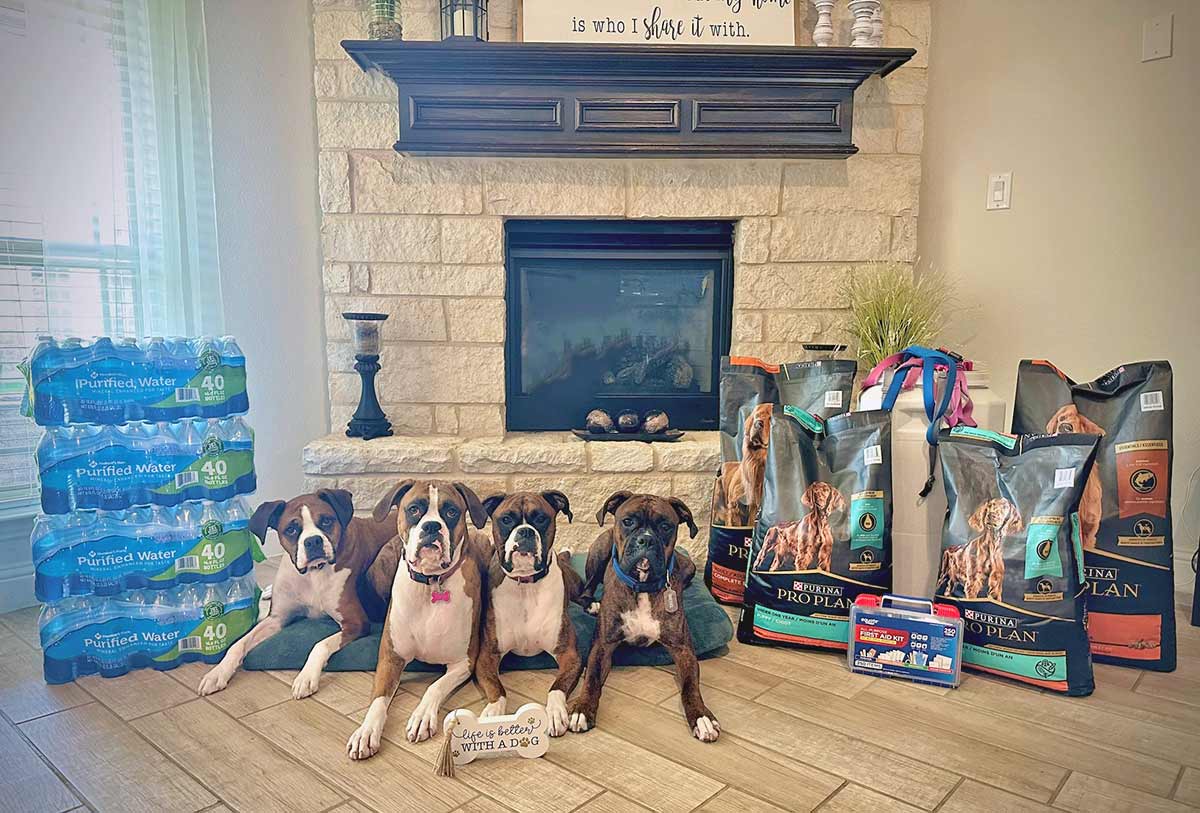
“Don’t forget, we need food and water too!”
If you have a plan in place for you and your pets, you will likely encounter less difficulty, stress and worry during an emergency. If local officials ask you to evacuate, that means your pet should evacuate too. If you leave your pets behind, they may end up lost, injured or worse. One way to prepare is to microchip your pet and make sure you keep your address, phone number and other contact information up to date.
Visit Make A Plan | Ready.gov to learn more about how to make a plan.
Luna wants you to plan with the neighbors.
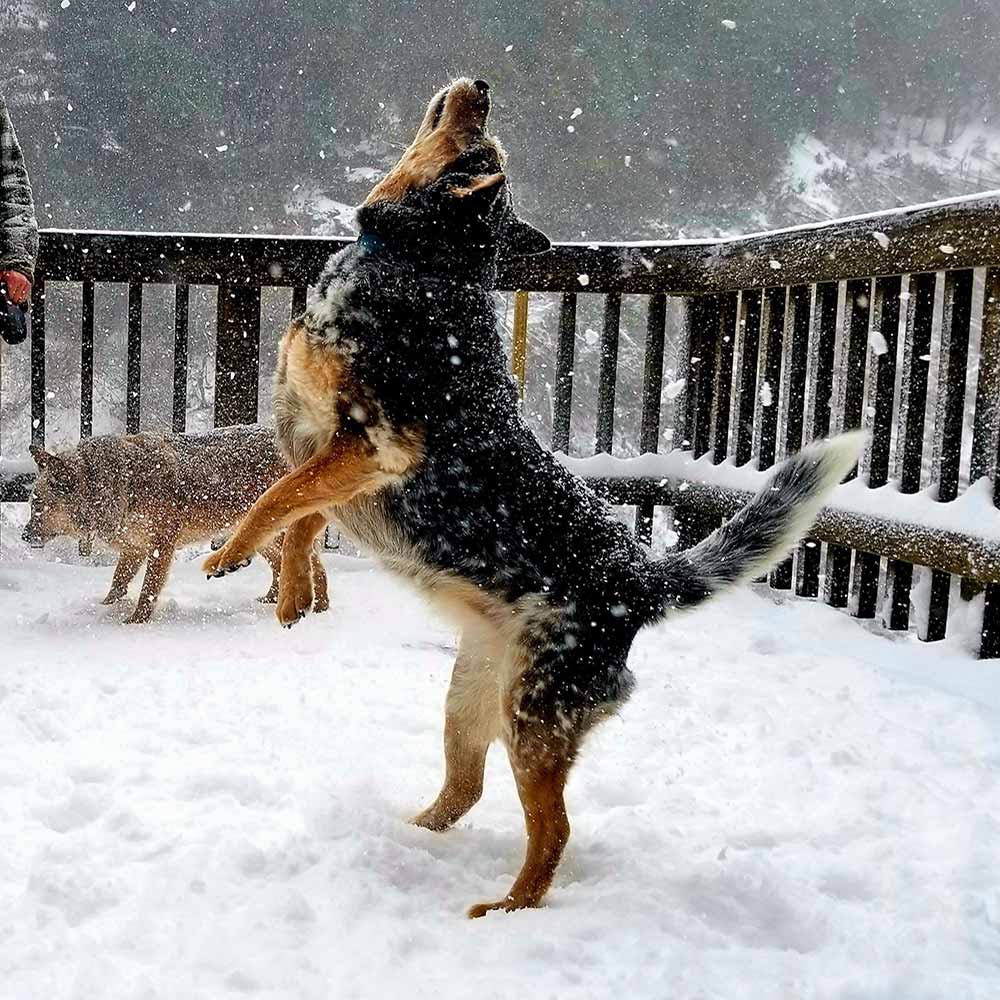
“I howl when my family isn’t around. I want you to develop a buddy system for when a disaster happens,” said Luna.
You can plan with neighbors, friends or relatives to make sure someone is available to care for or evacuate your pets if you are unable to do so.
Angel and Spot want you to include your pets in your evacuation plan.
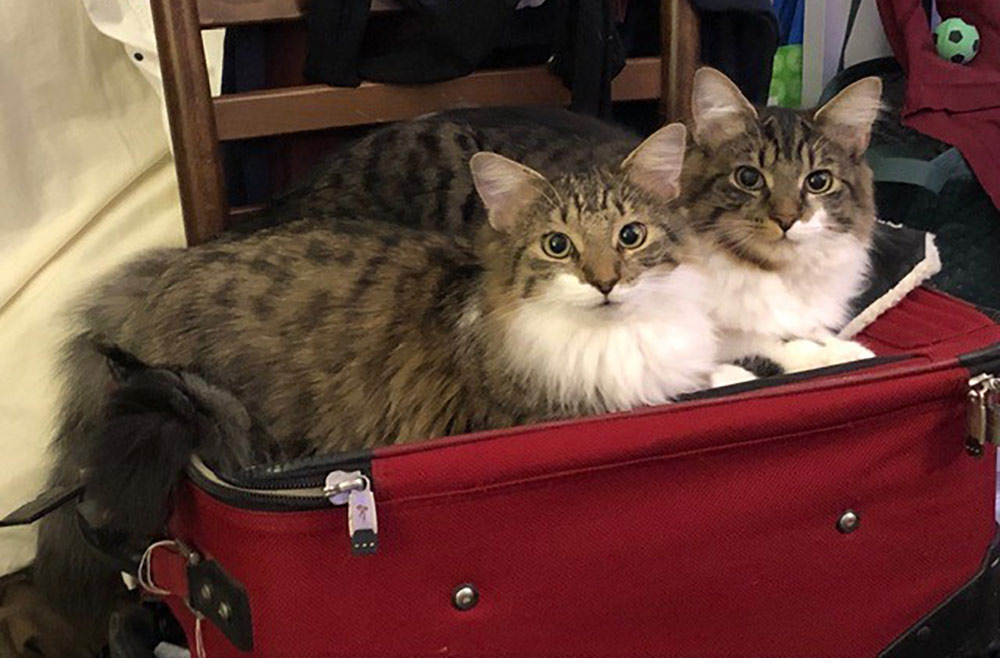
“Did you know many shelters do not accept pets? We did! You can search for an open shelter by texting ‘SHELTER’ and your ZIP code to 43362.”
Visit Shelter | Ready.gov for more information.
Ziggy wants to make sure you get advice from the experts.
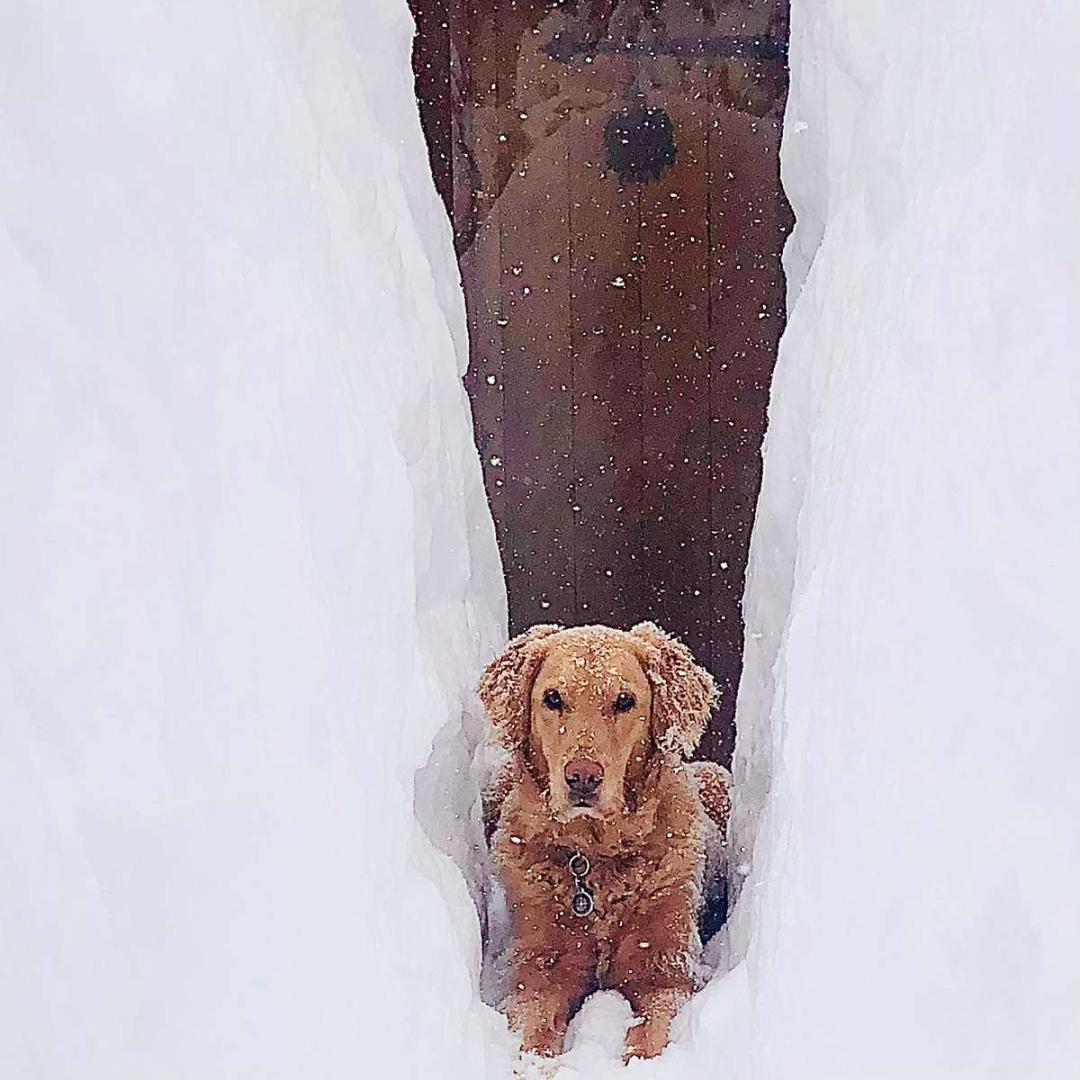
“I’m happy that we can play in the snow now that we are sheltering in place,” said Ziggy. “And we have plenty of food too!”
Contact your local emergency management office, animal shelter or animal control office to get additional advice and information if you’re unsure how to care for your pet in case of an emergency. When emergency officials advise you to stay in place or to evacuate, follow their instructions. Always bring pets indoors at the first sign or warning of a storm or disaster.
Kono wants to make sure you keep your pets warm and healthy in the cold.
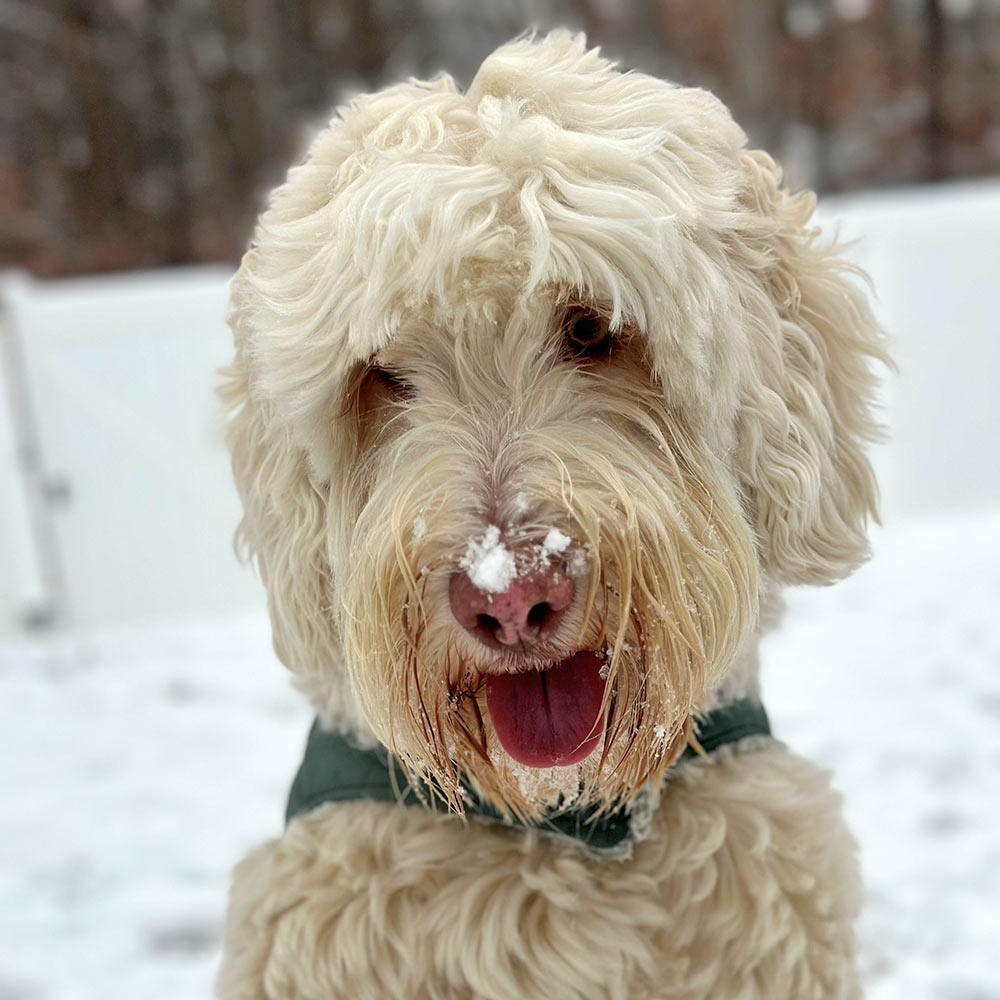
“I eat more when it’s cold, so I’m happy for the extra food!”
Many places are still experiencing extreme cold, which can exacerbate certain health conditions so a check-in with your vet may be a good idea. When with your vet, see if you need to provide extra food and water for your pets during the winter months – pets that are in the cold may burn more energy to keep warm. You might also talk to your vet to ensure you are up to date on your pet’s vaccinations and have all their medications for known health conditions.
Phil wants you to include pet-friendly items in your emergency kit.

When you build your emergency kit, make sure there is food, water, and other essentials in the kit for your pets too. This should include favorite toys, treats or bedding. Familiar items can help reduce stress for your pet.
“My emergency kit has my vaccination and health records…” said Phil. “and extra food, a blanket, a jacket, and an extra collar.”
Visit Build A Kit | Ready.gov for more information about what to include in your kit.
Tati wants you to remember each animal in your family, no matter how large they are.
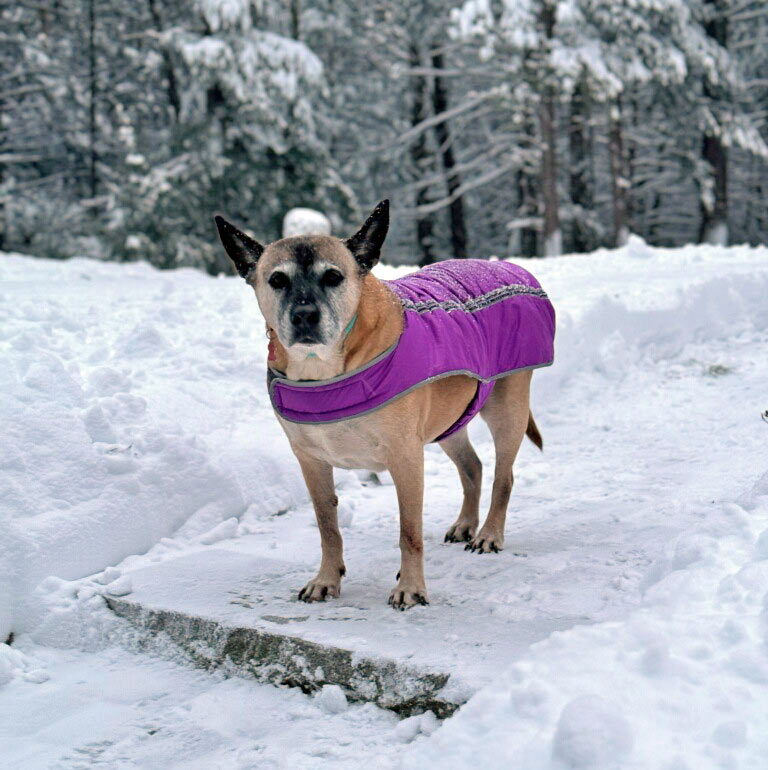
If you have pets such as horses, goats or bulls on your property, they might need extra preparation,” said Henry.
Here are some tips for taking care of these animals:
- Evacuate animals earlier, whenever possible. Map out primary and secondary routes in advance.
- Make available vehicles and trailers needed for transporting and supporting each type of animal.
- Ensure destinations have food, water, veterinary care and handling equipment.
- If evacuation is not possible, animal owners must decide whether to move large animals to a barn or turn them loose outside.
Bling wants you to transport your pets’ safely.

Travel can carry its own risks, especially if you travel by car. Being prepared can help you “expect the unexpected” so your trip isn’t ruined by common problems travelers face. In addition to making sure you have enough supplies in your car for delays and other potential emergencies, include items that will help keep your pets comfortable as well.
Our FEMA dogs and cats thank you for staying #WinterReady | Ready.gov and urge you to visit Prepare Your Pets for Disasters | Ready.gov for more information.
If you or someone you know has a service animal and needs preparedness plans, visit 4.4 Service Animals and Household Pets | FEMA.gov and Service Animals | ADA.gov to learn how to incorporate them into your plans.

